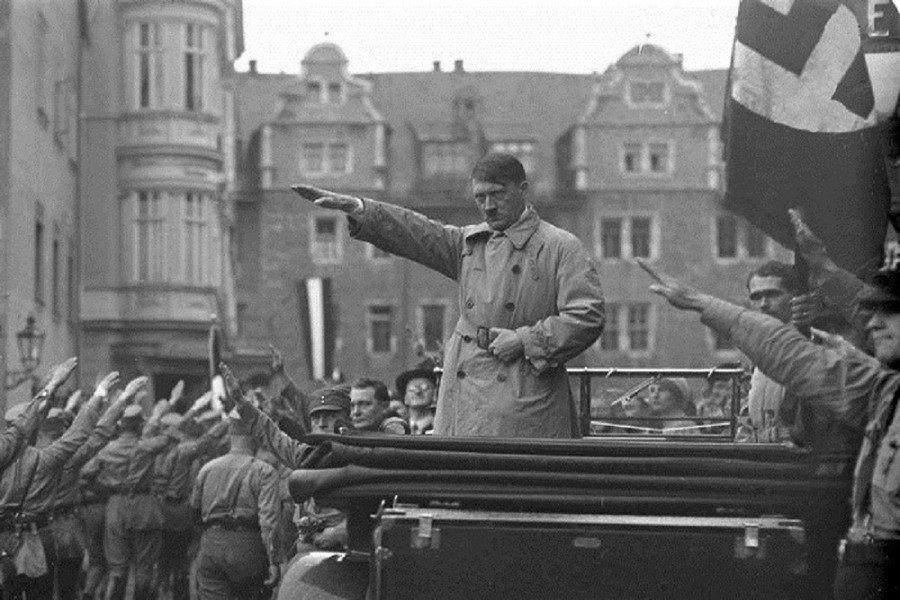From dictators to crooked politicians to war criminals, the magazine hasn't always chosen someone who's made the world a better place.

Image Source: Wikimedia Commons
German Chancellor Angela Merkel was just named TIME’s “Person of the Year.” In the magazine’s own words, she was chosen “For asking more of her country than most politicians would dare, for standing firm against tyranny as well as expedience and for providing steadfast moral leadership in a world where it is in short supply.”
But steadfast moral leadership and standing up against tyranny aren’t always what the “Person of the Year” designation is about. In fact, sometimes, it’s quite the opposite.
TIME’s editors have long maintained that they choose the person (or thing) that had the “greatest impact on the news, for good or ill.” That said, the magazine surely recognizes how this designation is commonly perceived by the public: as an honor. To be sure, the overwhelming majority of TIME’s choices have affected the news for good, and the title “Person of the Year” itself can’t help but convey honor. Nevertheless, true to their word, TIME has chosen people whose legacies range from questionable to downright horrifying.
With that in mind, here are five of the most controversial choices TIME has made for their “Person of the Year.”
Joseph Stalin (1939 and 1942)

Image Source: Wikimedia Commons
On the one hand, Soviet leader Joseph Stalin led what was arguably the most important army in the fight against Adolf Hitler and Nazi Germany. He also led the Soviet Union straight into famine, civil war, mass arrests, executions and deportations–and, by most estimates, was responsible for more deaths than Hitler himself.
As TIME’S criteria prescribes, Stalin did indeed have a major impact on the news in the years leading up to and during World War II. He also had a captivating personality that the public worshipped (even if it was forced worship). TIME apparently recognized this as well as his rousing military leadership, because after choosing him as “Person of the Year” in 1939, they chose him again in 1942.





